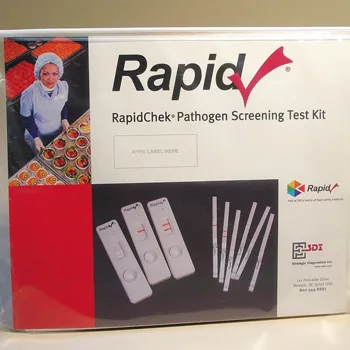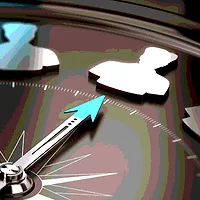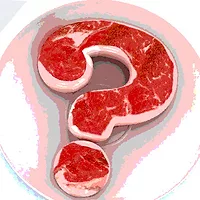10 Questions to Ask Your Pathogen Screen Vendor

Food companies have a tough job keeping up with advancements in pathogen screening technology. They need testing solutions that are science-based, deliver fast, accurate results, and are cost-effective so they can be assured of the quality and safety of their products. This is critical to protecting a company’s brands and profitability, but it can be difficult wading through the technical performance of a particular rapid method while simultaneously balancing operations needs.
Pathogen screening is more than a diagnostic assay. It is a process that includes the sampling protocol, enrichment of the sample, a screening system and confirmation. You can have the best detection system in the world but if your enrichment system doesn’t grow the target to detectable levels, it doesn’t do you any good. All the parts of this process work together to provide an actionable result: The enrichment media needs to provide flexibility and ease of use while improving recovery of injured cells and inhibiting the growth of background organisms. The diagnostic assay needs to be robust and accurate. The confirmation protocols need to be simple and fast to isolate the target organism. The method of confirmation needs to work with the enrichment and detection system being used.
How do you know that the confirmation method you use is complementary with your enrichment and detection systems? Sometimes it’s the little things that make a big difference to improve quality and lower the total cost of doing business.
When choosing an enrichment system, it is important to understand how effectively the enrichment system facilitates the maximal recovery of both sublethally injured and healthy target cells in a sample matrix, while selectively inhibiting closely related competitive flora. Know the growth characteristics of the media, especially in terms of low levels of target pathogen in the sample matrix. When evaluating the overall sensitivity of a pathogen screening system, the enrichment portion of the process needs to be included.
Get Answers Before You Buy
When choosing a screening system, most people consider sensitivity and specificity, and look for AOAC International approval. In addition, consideration should be given to the ease of use and reproducibility of the method. The accuracy of a method depends as much on its overall robustness as it does on the performance of the method in a manufacturer’s hands.
Before making a screening tool selection, ask yourself and your vendor the following questions to ensure that you to make informed choices for your pathogen testing program:
1. How much labor and training is involved in performing a method?
2. How many steps are involved in performing a test and what are the acceptable limits of error for each of those steps before you see an impact on results?
3. Are you confident that you will be able to maintain the level of training required to achieve reproducible and accurate results at an affordable cost?
4. How fussy is the method to differences in sample matrices?
5. How will operator error impact results?
6. What about everyday issues such as refrigeration?
7. If you perform confirmation on your samples, do you know what method of confirmation works best with the enrichment and screening system you are using?
8. Do you need to go back to the secondary enrichment for confirmation or can you recover viable cells from the screening sample itself? If you go back to the enrichment, how much time has passed between your screening result and the beginning of the confirmation process?
9. How much die-off is likely to have occurred in that time and how will that impact your ability to recover the target? If you are able to confirm from the screening sample itself this will give you an advantage. You will know that this is the same sample that gave you a positive result and should increase your chances of recovering the target organism. These methods will typically give you a faster result and can be less labor-intensive.
10. If you send samples to a commercial laboratory for confirmation, do you have a system in place that allows you to get the sample to the lab with the best chance of success?
Vendors, such as Strategic Diagnostics International Inc. (SDI), should help you discover how their product will work best with your needs to give you the best results at an affordable cost. SDI provides detection solutions to the food and agricultural markets. Its core competency in the areas of antibody development and production and immunoassay systems allows it to offer analytical test kits for food pathogens that provide advances in accuracy and speed. SDI also has developed pathogen screening systems that offer superior enrichment media, lateral flow screening devices, and a confirmation protocol that allows direct confirmation from the positive line on the lateral flow device. These three pieces of the pathogen screening process work together to give industry the results they need.
sdix.com
Looking for quick answers on food safety topics?
Try Ask FSM, our new smart AI search tool.
Ask FSM →







